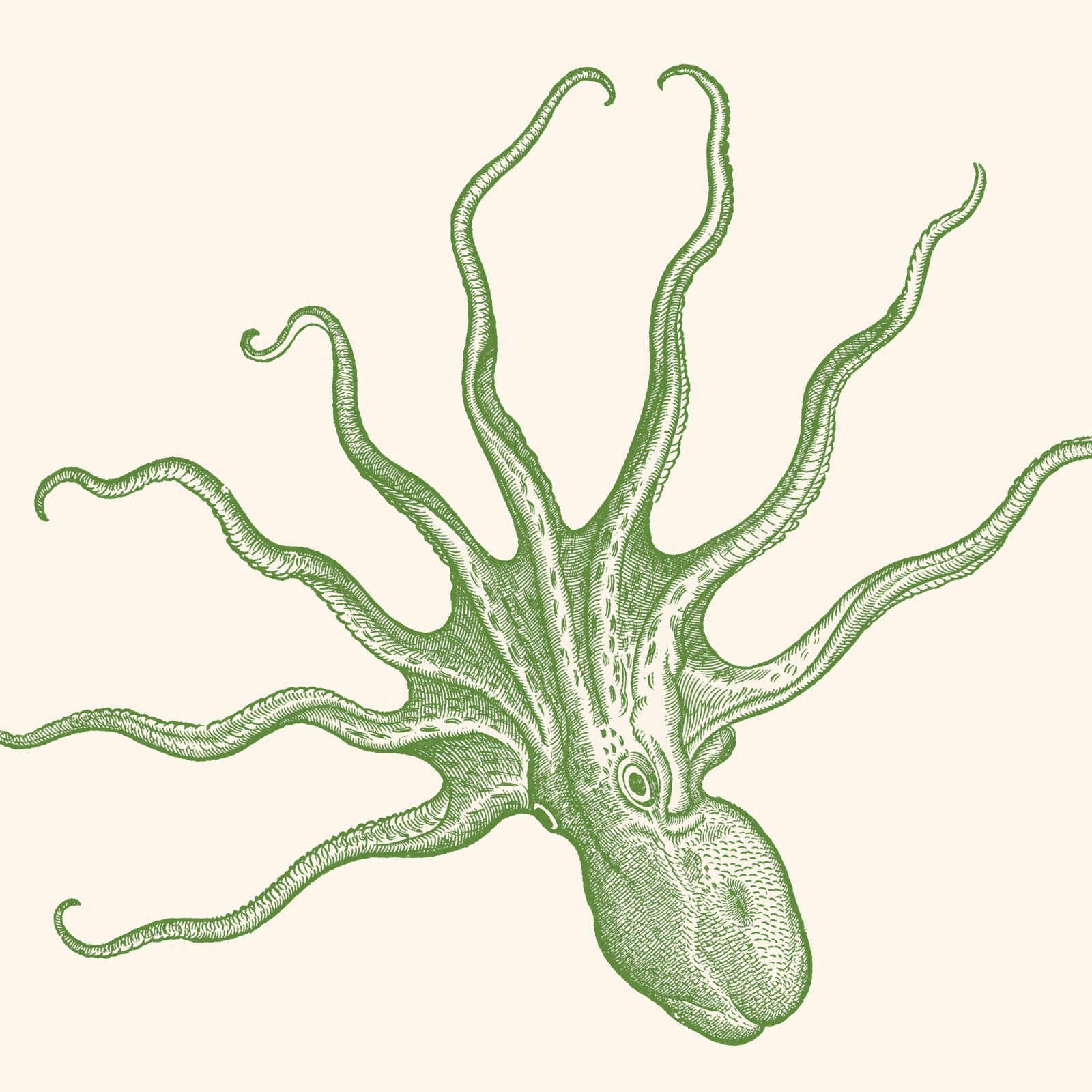Natural Histories: 400 Years of Scientific Illustration
Discover hidden gems and unique masterworks in this new poster exhibit throughout the museum’s outdoor terraces.
Explore scientific illustrations from the Rare Book collection of the American Museum of Natural History’s Library.
Illustration has played an integral role in scientific discovery for centuries. Images were created in pursuit of scientific knowledge and to accompany important scientific works in disciplines ranging from astronomy to zoology. Travel back in time as you explore 50 striking scientific illustrations spanning five centuries in Natural Histories: 400 Years of Scientific Illustration, a new poster exhibition displayed throughout the museum’s outdoor terraces.
The exhibition was inspired by the book, Natural Histories: Extraordinary Rare Book Selections from the American Museum of Natural History Library. It showcases illustrations by celebrated artists Albrecht Dürer, Joseph Wolf, Moses Harris, and John Woodhouse Audubon.

In the process of observing specimens, describing their structures, and working closely with illustrators or creating detailed illustrations themselves, naturalists including Charles Darwin, Marcus Elieser Bloch, and Maria Sibylla Merian cataloged new species, found similarities between species, and began to place them on the evolutionary tree. Illustrated books allowed the wider public to share in the excitement of discoveries, from Antarctica to the Amazon, from the largest life forms to the microscopic.
Today, scientists use many imaging technologies to conduct research: infrared photography, scanning electron microscopes, computed tomography (CT) scanners and more. But there is still a role for illustration. How else to depict animals that can’t be seen live, such as a fleshed-out dinosaur? Illustration is also used to clearly represent complex structures, color graduations, and other essential details.
Natural Histories: 400 Years of Scientific Illustration is organized by the American Museum of Natural History, New York (amnh.org).


